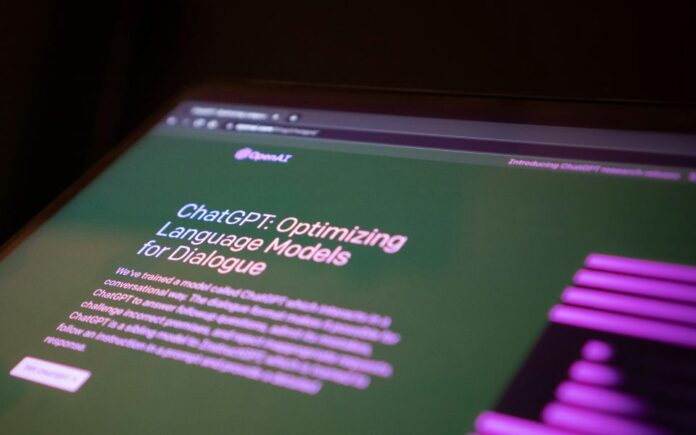High inflation changes everything—including how B2B SaaS companies should price their products. While many providers still rely on annual contracts or flat-rate pricing, these models can quickly erode margins in inflationary environments. To stay ahead, dynamic pricing models are emerging as a powerful solution.
Why static pricing falls short
In a high-inflation climate, the cost of labor, cloud infrastructure, and customer acquisition can rise faster than revenue. If pricing doesn’t adjust in real time, profitability suffers. Traditional models—especially in multi-year B2B contracts—lock in pricing that may be outdated within months.
Dynamic pricing: A flexible alternative
Dynamic pricing allows SaaS companies to adjust rates based on factors like usage, demand, inflation indexes, and even currency fluctuations. For instance, usage-based pricing (UBP), now adopted by companies like Snowflake and AWS, ensures that pricing scales with value delivered. Index-based pricing, tied to the Consumer Price Index (CPI) or Producer Price Index (PPI), can help protect against cost escalation over time.
Best practices for implementing dynamic models
First, transparency is key. Clients must understand how and when prices might change. Second, integrate pricing tools with real-time analytics to make informed adjustments. Third, test pricing changes on select customer segments before scaling.
Don’t forget contract flexibility
Revising contract structures to allow for periodic reviews or inflation-linked adjustments can also reduce friction. For example, clauses that cap increases but ensure annual alignment with inflation are gaining traction.
Final thought
In today’s volatile economy, dynamic pricing isn’t just a revenue tactic—it’s risk management. For B2B SaaS firms, staying agile with pricing can make the difference between thriving and merely surviving.










